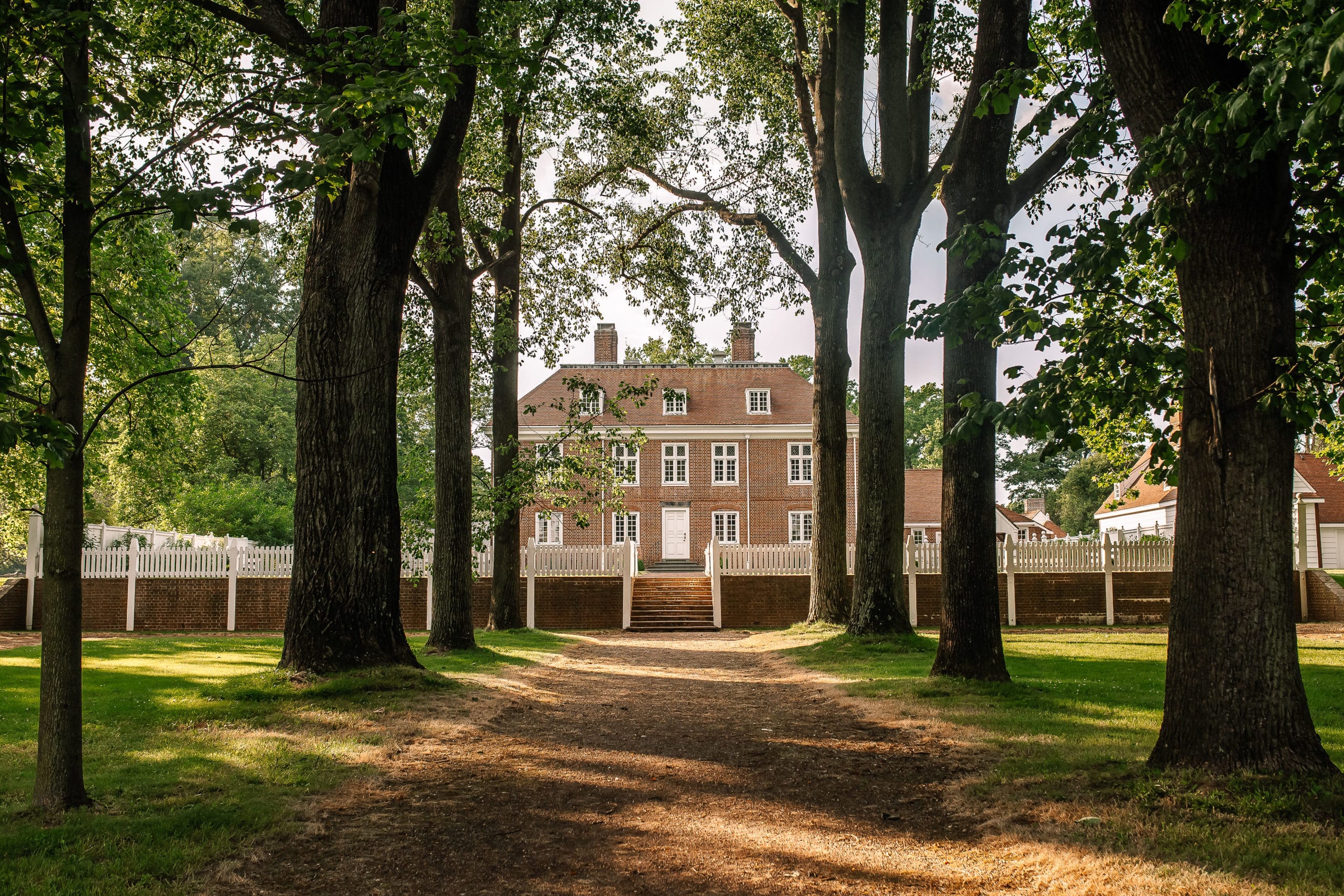
For reservations to experience “nkwiluntàmën: I long for it; I am lonesome for it (such as the sound of a drum)” by Indigenous artist Nathan Young, please go to https://nkwiluntamen.com/
Luxury over Time
From the time of William Penn through the turn of the 20th Century, many of Philadelphia’s first families built their country estates on the banks of the Delaware River. By river barge or carriage they came to escape the heat of summers in the city and it was here that they entertained some of the foremost figures in the history of our nation.
Enjoy a visit to the country estates of Andalusia, Glen Foerd, Pennsbury Manor and Grundy Mansion along the banks of the Delaware River. Your group will explore three centuries of gracious living in Bucks County. You provide the bus and we provide the step on guide to accompany you on your journey. Advance registration and $250 check deposit to hold your tour date are required. To schedule your tour, contact the Mansions Along the Delaware coordinator at 215-946-0400 or email Kerry Depraida at c-kerscott@pa.gov. If you need to cancel your reservation, you must do so 21 days before the scheduled date in order to receive $200 of the $250 deposit.
Two (2) Group Packages available:
Package 1: Andalusia, Glen Foerd, and Pennsbury Manor with lunch at Historic King George II Inn: $80.00 per person with a minimum of 25 people.
Price covers the cost of the hop-on tour guide, restaurant fee, admission fees for the sites, and the site coordinator. Tour lasts approximately 7 hours.
Package 2: Grundy Mansion and Pennsbury Manor with lunch at Historic King George II Inn: $65.00 per person with a minimum of 12 people.
Price covers the cost of the hop-on tour guide, restaurant fee, admission fees for the sites, and the site coordinator. Tour lasts approximately 5 hours.
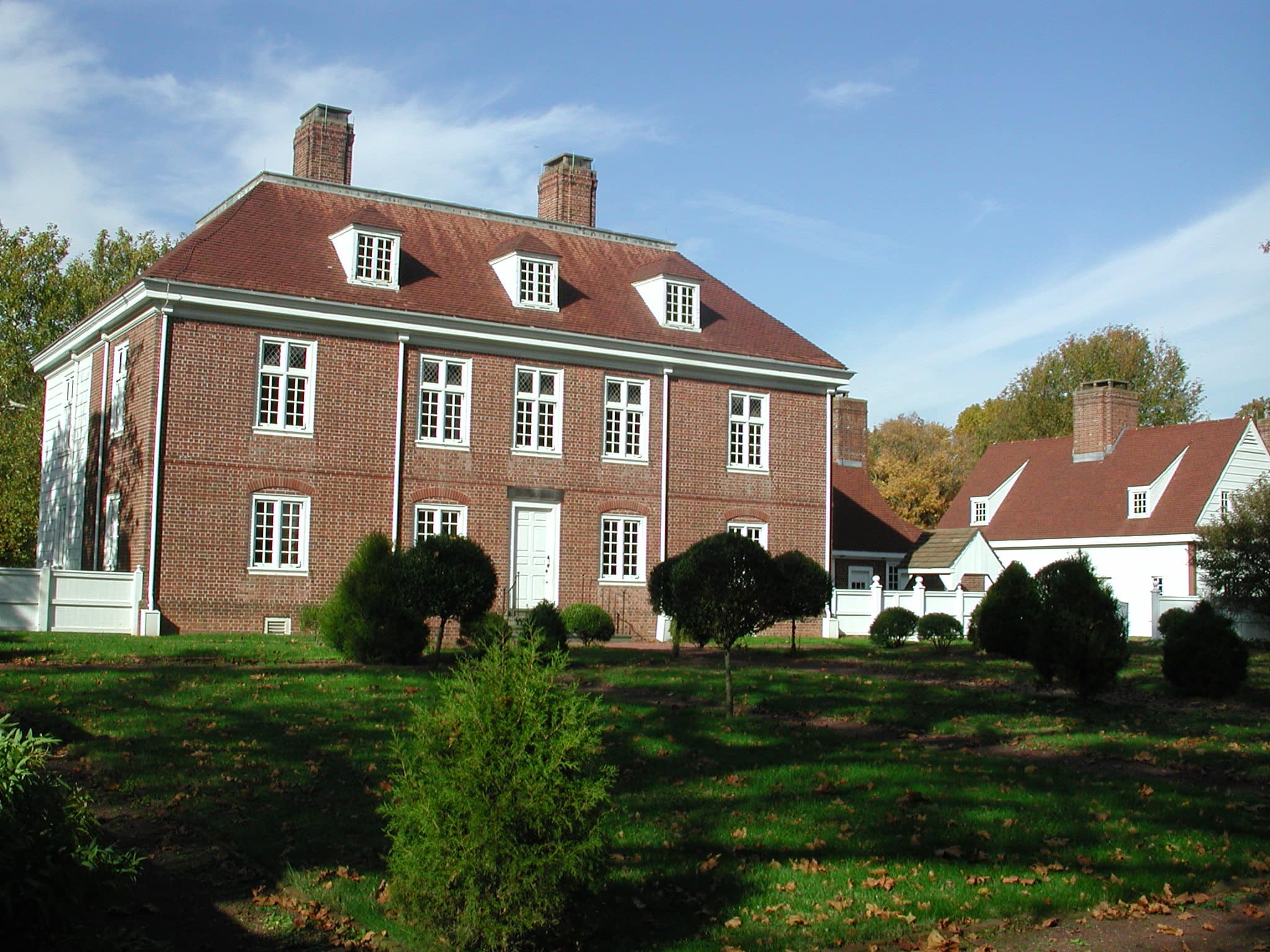
Visit Pennsbury Manor to experience early colonial America and discover a legacy that inspired the founding fathers. Originally built in 1683, Pennsbury was the country estate of William Penn, founder and first governor of Pennsylvania. Penn said himself, “A country life and estate I like best for my children.” Here Penn welcomed settlers of all faiths. Pennsylvania would quickly become America’s most diverse colony. Tour Penn’s elegantly reconstructed Manor House, furnished with an exquisite collection of furniture dating back to the early 1600s. Step back in time and experience colonial Pennsylvania as you walk the idyllic grounds of this 43-acre estate featuring a Manor House, Kitchen House, Workers Cottage, Joyner and Blacksmith Shops. Wander through the gardens, take in the views along the banks of the Delaware, or stop over to the stable and meet the animals.
During your visit make sure you explore the Seeds of a Nation Exhibit, which highlights William Penn’s commitment to creating a place dedicated to fairness, religious tolerance, acceptance, and representative Government. This is your opportunity to see the early roots of America’s history. Don’t miss out on the Pennsbury Experience!
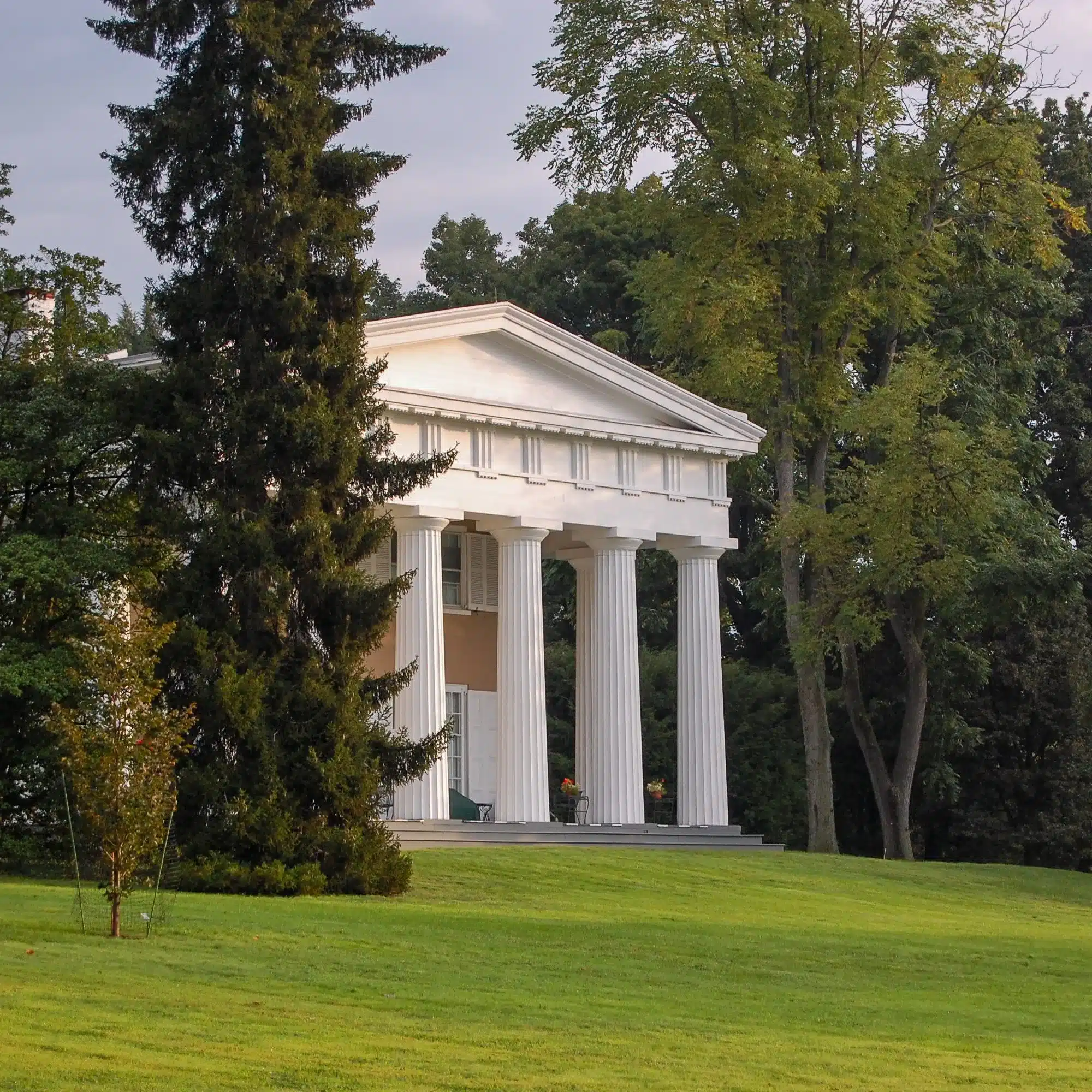
When you visit Andalusia, privately owned by the seventh generation of one of Philadelphia’s first families, you share in the hospitality enjoyed by illustrious guests from more than 150 years. President John Quincy Adams, Daniel Webster, the Marquis de Lafayette, and Joseph Bonaparte, former King of Spain, were entertained by Nicholas Biddle, the young nation’s most powerful banker, a poet and editor, architectural authority, experimental farmer, and adversary of president Andrew Jackson. Begun in 1797, and expanded in 1806 and 1835 by two of America’s most acclaimed architects – Benjamin H. Larobe and Thomas U. Water – Andalusia is perhaps the finest example of Greek Revival domestic architecture in the United States. American and European furnishings, many of them owned by Biddle himself, fill the sumptuous mansion. From its columned porch you will survey the Delaware River, then explore the park-like ground, carefully maintained in the 19th-century tradition. Biddle’s romantic out-buildings – a Gothic grotto and temple-like billiard room – will delight you. Within the walls of the rose garden you will see where Biddle conducted his many agricultural experiments. In its grounds, buildings, and furnishings, Andalusia captures the genius of its best-known owner and reflects the elegance of 19th century life.
Photo: Andalusia Historic House, Gardens & Arboretum
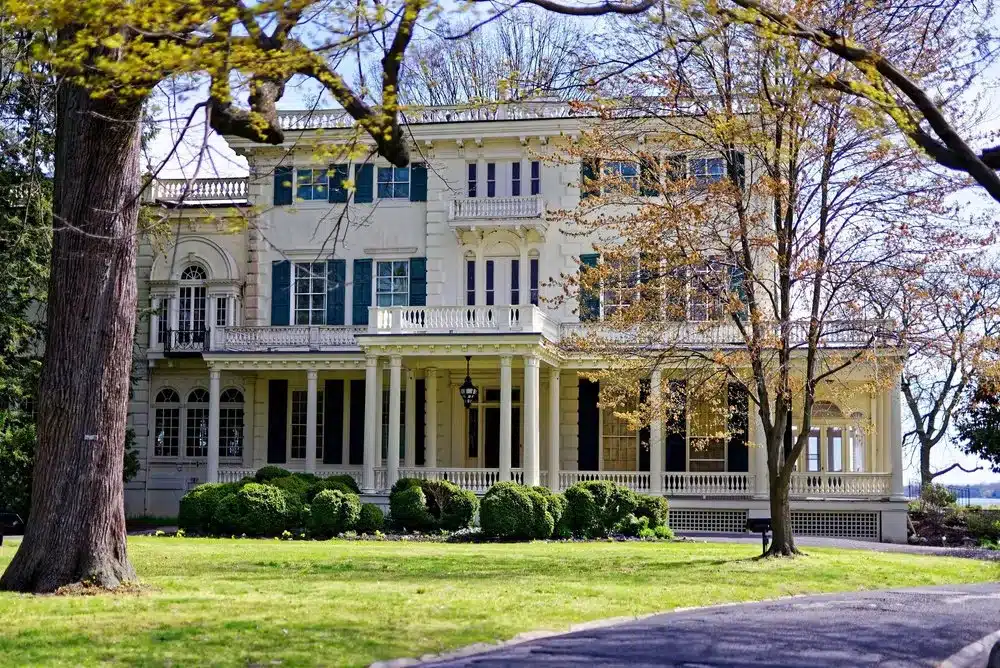
Glen Foerd on the Delaware is the last remaining Delaware riverfront estate open to the public in Philadelphia. Listed on the National Register of Historic Places and the Historic American Landscape Survey, this 18-acre riverfront estate will take you back in time to the roaring 1920s. Glen Foerd’s historic tour of the estate’s mansion explores the Industrial Age of Philadelphia through the stories of the estate’s owners, servants and industrial workers.
Financier Charles Macalester, Jr. founded the estate in 1850. Macalester was appointed director of the Second Bank of the United States. He was also friend and advisor to numerous U.S. presidents. Leather manufacturing magnate, Robert Foerderer, and his wife, Caroline, purchased the estate in 1895. The house was enlarged and enhanced with Classical Revival additions, and later the estate’s landscape was redesigned in the American Country Place era of landscape architecture design. The mansion’s interior architectural features included an art gallery, Haskell player pipe organ, grand staircase, stained glass Tiffany-style dome, parquet floors, ornamental plaster ceilings and rathskellar.
Photo: Glen Foerd
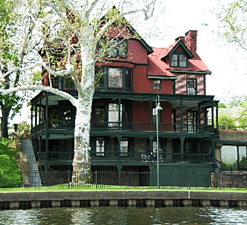
Grundy Mansion, built in 1834, was home to a prosperous merchant family for more than three-quarters of a century. This elegant red-brick and brownstone house is located on the banks of the Delaware River in historic Bristol Borough.
The house, complete with finely carved oak and cherry paneling, stained glass, and the Grundy family’s original furnishings and personal possessions purchased in America and abroad, offers a rare and intimate glimpse of domestic life during the pivotal era of the 19th century when Bristol Borough – Bucks County’s oldest town – was a thriving river town and the location of the country’s most popular health spa.
